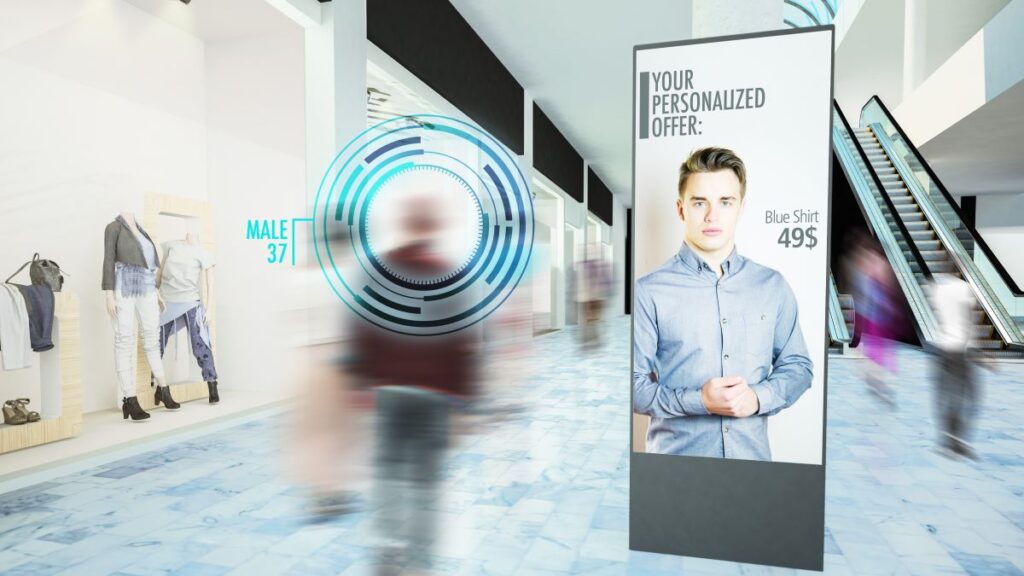“Customer experience” (CX) may mean different things to different people, but its goal is clear — to make every customer touchpoint as efficient, frictionless, and hassle-free as possible. So much so that customers increase their spending, loyalty, and advocacy for your company and products. One of the ways that companies are delivering on this goal — creating, improving, and personalizing customer experiences — is through the use of artificial intelligence (AI).
The timing couldn’t be better; according to a recent McKinsey & Co. report, 71% of customers expect a personalized experience. For those customers who have a bad experience, nearly a third respond by evaluating other providers. The research found that successful personalization initiatives can result in 20% higher customer satisfaction and more than 18% higher sales conversion rates.
Where AI Delivers the Most Impact on CX
While the enthusiasm to lean on AI to bolster customer experiences is no surprise, it’s important to note that the technology is neither a substitute for all human interactions, nor a blanket answer for your CX strategy. It’s important to know where and how to apply AI to deliver a positive customer experience, increase customer satisfaction, and improve customer retention and revenue. Here are some of the most impactful ways that AI improves CX.
Data-Driven Insights and Predictive Analytics
One of the best applications for AI is the ability to gather, analyze, and learn from huge volumes of data. For example, with the help of AI-enabled customer journey analytics, businesses can process and organize large amounts of customer data from millions of sources rapidly. Top brands from Amazon to Zoom are using AI to capture a precise picture of both individual consumers and aggregate customer groups. AI technologies are being used to acquire, process, and analyze, across all touchpoints, all kinds of first- and third-party data, from historical and behavioral to market and demographic.
Another significant advantage for CX is AI’s ability to predict client behavior by regularly learning and improving from the data it gathers and analyzes. AI employs predictive analytics with real-time decisioning algorithms to determine, in just seconds, the best engagement options between a customer and a brand. These AI-driven predictive engagement capabilities, for example, direct an online retailer to present a specific type of dress based on correlating time of year, past purchases, and upcoming life events gathered from hundreds of data points. Similarly, AI informs a bank when a customer should engage a customer around a new mortgage or loan based on recent financial transactions or purchases. The bottom line is that AI makes it possible to capitalize on big data to predict and improve customer experiences and options.
Personalization and Customization to Tailor Experiences
Using the power of AI-driven insights outlined above, AI algorithms can analyze and deliver personalized experiences. A basic example of AI-powered personalization is the technology’s ability to determine a customer’s preferred method of communication: Are they more likely to respond to phone, text, or email outreach? In a more advanced personalization example often used by retailers, AI helps triangulate data from new home purchases, past home furnishings purchases, and online searches to personalize recommendations for specific furniture and decor options. A deeper understanding of personal preferences translates into higher conversion rates, more sales, and happier customers.
Personalization is a powerful conversion technique, while customization is an effective way to find and introduce customers to your brand and offerings. In today’s expect-it-now reality, consumers habitually use search and/or a virtual assistant — Alexa, Siri, or Google — as a first step to discovering and researching information. AI can help tailor better searches for the items customers like or want and correlate search inquiries to present specific options and offers. Customization using AI-driven data insights streamlines the customer’s process of buying the products they want while delivering a memorable brand experience.
To hear practitioner and platform insights on how solutions such as ChatGPT will impact the future of work, customer experience, data strategy, and cybersecurity, make sure to register for your on-demand pass to Acceleration Economy’s Generative AI Digital Summit.
Increased Customer Responsiveness at the Speed of the Customer
Today’s digital-savvy customers expect to get answers and resolutions quickly, including fast service when they need product support. In fact, according to a 2022 CX Trends Report, more than 90% of those surveyed consider fast customer service response an essential part of their overall experience. And 65% of customers believe AI will save them time and effort when interacting with a company. Customers calling out AI as a solution is a clear sign that business, customer, and tech leaders need to ensure these core solutions are in place.
Customers also want and expect to engage on their terms when interacting with companies and brands. AI self-service options, such as chatbots, virtual assistants, and interactive voice recognition, can be used to answer basic questions and quickly support and inform customers of options. Just as importantly, these tools can collect key customer information in real-time to create the best experience. Faster first-response times, decreased handling times, and shorter wait times are benefits customers can experience when you use AI to improve their experience.
Understanding and Monitoring Customer Feedback and Experiences
AI is powerful and full of potential, but it’s not a blanket solution for every part of CX. Something to watch for is using AI and automation as the primary customer engagement or response option. Companies can over-automate. In my experience, AI algorithms are best used to gather and analyze customer feedback and sentiment to identify areas where the company needs to improve, which can then be addressed in many ways, including via AI. For example, AI-driven processes can be also used to flag and then proactively apply fixes before poor customer experiences and dissatisfaction occur. By using AI to automate monitor and analyze customer feedback data, companies can define and develop processes to continuously optimize and improve customer experience gaps to win, keep, and expand customer relationships.

Which companies are the most important vendors in AI and hyperautomation? Check out the Acceleration Economy AI/Hyperautomation Top 10 Shortlist.
AI and Customer Experience Are a Winning Combination
With customers and revenue on their minds every day, business and tech leaders are confidently applying the power of AI to monitor, learn, and deliver personalized experiences. Improving CX starts with using AI to process and analyze all the data that impacts customers in order to deliver a better experience. Today, every touchpoint is an opportunity to win or lose a customer; staying on top of, and optimizing, every one of those touchpoints is a great reason to enlist the help of AI. Now is the time to bring your leaders together to discuss where and how the technology can be used to improve customer experiences.
Want more tech insights for the top execs? Visit the Leadership channel:











